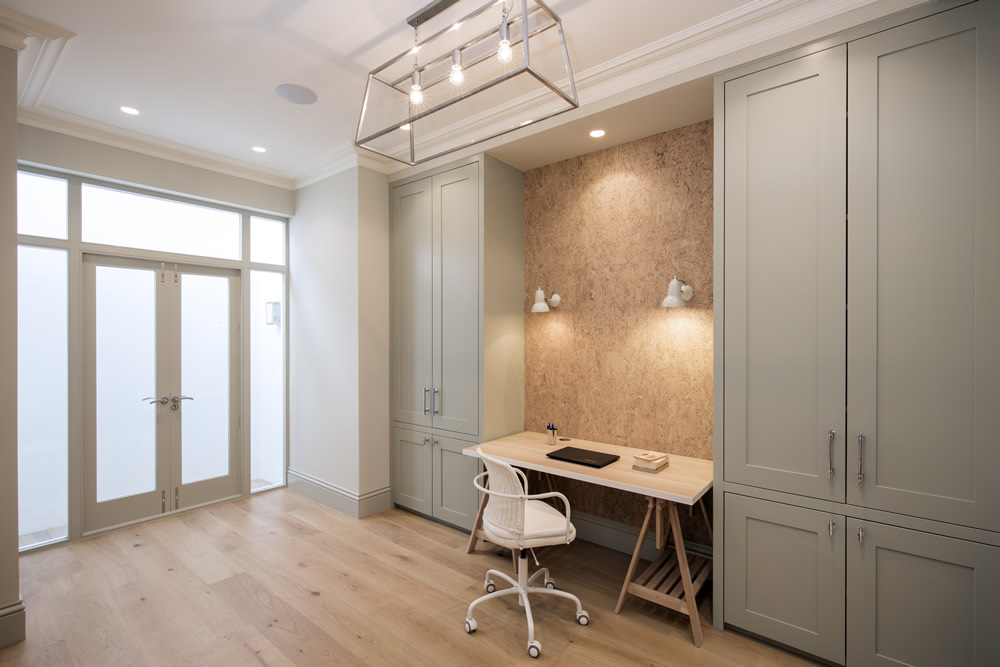You may have spent months thinking about the practicalities of a basement conversion. The cost versus the return, the upheaval versus the benefits afterwards. But unless you’re very unusual, you may be having trouble getting a detailed vision of what the space will look like and what you can do with it.
Most of us didn’t study architecture
There are reasons for this – most of us aren’t architects or building designers and designing spaces in our head taxes our powers of visualisation. In addition, it’s difficult to imagine something out of thin air. When our friends and relatives have kitchen makeovers, we can see what’s been done and how the space has been transformed. Basement conversions aren’t so common, and if the basement area has been used for say, a guest suite, or an office, you’re unlikely to be invited down to see it. But it’s still very important to look at lots of ideas so that you don’t limit yourself. You can then print or bookmark examples of what you like, to show to the designer or architect when you are discussing the possibilities. Just as useful, you can show everyone what you don’t like, and explain why.
It’s hard to overemphasise how important this is. If you don’t do it, you’ll only have plans to look at and if you’re not used to translating plans into 3D it can be very hard to visualise what the space is actually going to look like, let alone how it will function.
Sources of inspiration
It’s a really good idea to show pictures that you find on the web, to your partner, family or friends because they may immediately notice something that isn’t going to work for you. For example, that accessible granny space looks great – but your granny is always telling you she’s perfectly happy in Worthing.
One of the things to remember when you start looking online, is that lots of the gorgeous basements you see illustrated, are in incredibly expensive prime London houses. But even if you can’t reproduce the square footage, you can spy on what their pricy designers have thought of, and see if your project can make use of the ideas. And don’t just look for ideas in London because many innovative schemes are being built in York, Oxford and other cities, so basement construction in London can take its ideas from anywhere in the country.
Try Pinterest which has dozens of basement construction ideas, some in London, some in other capitals. You can set up a page to collect ideas that you find inspiring and attractive, and share it with your project team when you get to the design stage.
When you look at a picture, you often have an instinctive reaction of pleasure or dislike. Try to analyse what is attracting or repelling you, and you will be able to give the design team really useful and specific information.

